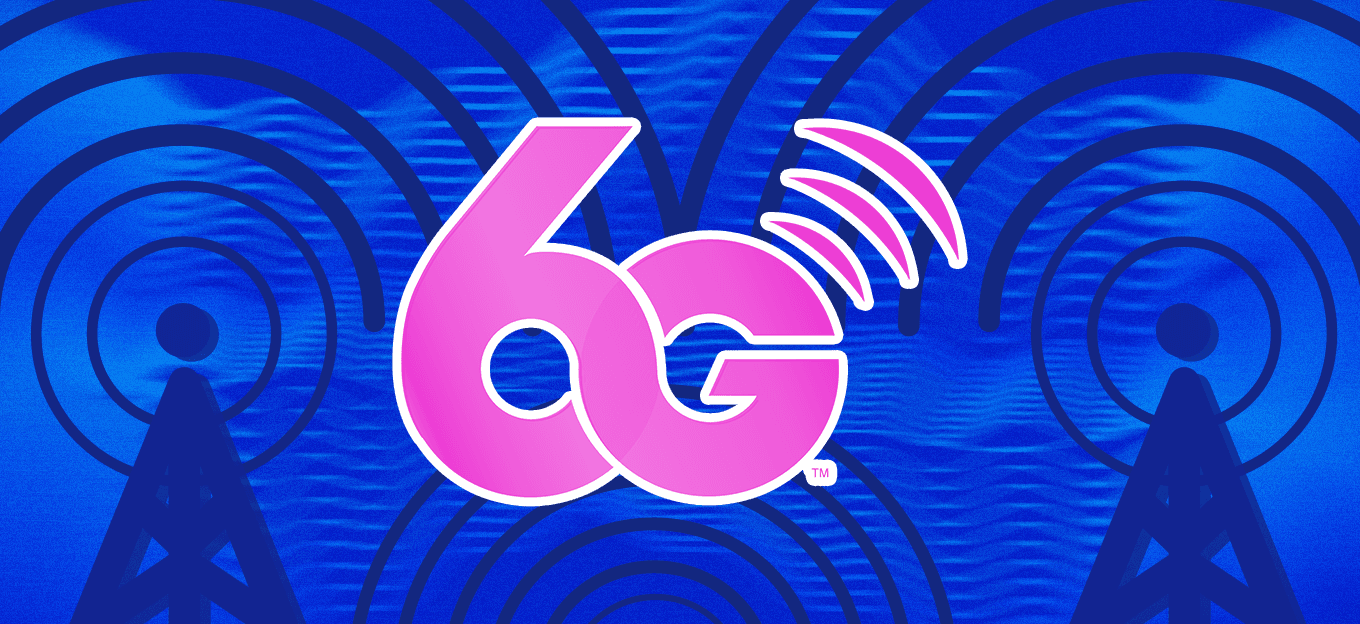Asset Tracking and Location-Based IoT Technologies: A Comparison
Asset Tracking and Location-Based IoT Technologies: A Comparison
- Last Updated: December 2, 2024
Leverege
- Last Updated: December 2, 2024



Within the world of the Internet of Things, asset tracking is one of the dominant use cases simply based on the premise that companies can make better decisions if they know where their stuff is. Asset location tracking as a discipline has been around for decades: think fleet management for trucks and heavy equipment. These fleet management solutions employ tracking devices that rely on the engine as the source of power and cellular networks for connectivity. Recent technological reductions in size and cost coupled with increased capabilities have made it feasible to also track non-powered assets, such as equipment, containers, totes, trailers, and pallets. The list of potential trackable assets is endless.
The devices used for tracking these non-powered assets leverage wireless connectivity and operate off of batteries. Given power and processing constraints, asset trackers are designed to be extremely efficient. Depending upon the application, a number of wireless connectivity options exist including Cellular, LPWAN (low-power wide-area network), and Bluetooth (BLE). With regard to pinpointing the location, innovative location-based technologies are entering the market with varying degrees of precision, though the three primary location-based services (LBS) are global positioning system (GPS), cellular tower triangulation, and wifi access point triangulation.
Asset tracking lets companies passively or actively monitor the production and shipping processes. GPS, cellular, and WiFi triangulation can each provide unique advantages to location tracking.
GPS, Cellular, and Wifi Location Services Defined
Global Positioning System (GPS)
GPS systems utilize a global array of navigation satellites. These orbiting satellites send microwave signals which the asset tracker can pick up and with at least four of the GPS satellites can perform a calculation. Location is determined once the system triangulates (a mathematical process applying trigonometry and geometry) the exact position on the planet to the nearest meter based on these distances. GPS location fidelity can approach five meters, but requires unfettered access to the satellites and is extremely power-hungry, taking 10–30 seconds for the GPS modem to secure a proper signal lock.
Cellular Tower Triangulation
Cell tower triangulation is similar to GPS, though at least two cell towers are necessary. By measuring the time between when a cell tower sends a ping and receives the response ping from the tracker, distance can be estimated. A database of global cell tower locations and a triangulation algorithm work together to calculate an approximate location based on the distinct reference points. The density of the cell towers will improve location accuracy, though accuracy using this method will rarely narrow the possible location to less than 1000 meters. Like GPS, gaining a location fix can be unreliable when cellular signal is sparse or partially blocked (such as in buildings or around other radio signals), and power consumption can be high.
Wifi Access Point Triangulation
Unlike GPS and cellular, wifi positioning does not require an actual connection to access points or wifi routers, but rather simply listens to the broadcast networks, which is a more power-friendly approach. The asset tracker takes a snapshot of the various wireless access points within range and determines their address and the strength of the signal. An extensive global database of wifi access points provides corresponding geographic locations, and a triangulation algorithm is performed generating geo-coordinates for the device within as close as 20 meters.
Practical Precision - Not All Location Tracking is Equal
Deploying a fleet of battery-powered asset location trackers requires an intimacy with your use case requirements given the degree of location precision necessary and the corresponding power consumption, as replacing or recharging batteries in the field can be expensive. In general, power conservation is at a premium for battery-based units, and therefore resource-intensive GPS receivers are governed, limiting the search and lock process and potentially sacrificing location precision. Further, sheltered or enclosed assets obstruct GPS reads, leading to failed location attempts and accelerated battery consumption.
To address these limitations, asset location tracking device manufacturers integrate multiple LBS’s into their devices, thus providing flexibility to support a broad set of use cases. From a pure-play perspective, GPS generates greater precision, but cellular and wifi can both function indoors or when enclosed, where in most cases GPS cannot provide any location detail. To optimize energy use, GPS attempts are constrained, usually to approximately three minutes, resulting in 90 percent of location reads ranging from 5m – 75m and 99 percent 5m – 95m. Conversely, with the increasing density of towers and routers, cellular and wifi location services are generating positioning ranges (both indoors and outdoors) of:
- Cellular: 1000m – 50,000m (90 percent of reads) and 1,000m – 210,000m (99 percent of reads)
- WiFi: 10m – 136m (90 percent of reads) and 10m – 216m (99 percent of reads)
From a battery utilization perspective, when comparing location read attempts to GPS, wifi consumes 62 percent less power than GPS, and cellular consumes 50 percent less power. From a practical perspective, a failed GPS location lock consumes the equivalent power of 35 wifi or 26 cellular location fixes, so in battery critical applications, wifi provides the best power per location fix in practice.
Summary
The vast majority of use cases for asset location trackers will occur within populated areas and cellular and wifi location services will produce robust situational awareness, both indoors and outdoors, while enabling a reduced-footprint, lower-cost, power-friendly tracker.
The Most Comprehensive IoT Newsletter for Enterprises
Showcasing the highest-quality content, resources, news, and insights from the world of the Internet of Things. Subscribe to remain informed and up-to-date.
New Podcast Episode

Moving Past the Pilot Phase in IoT and AI
Related Articles





